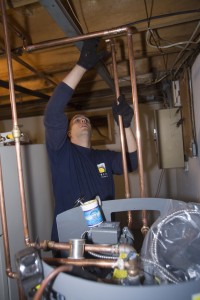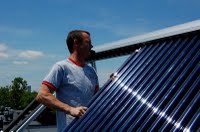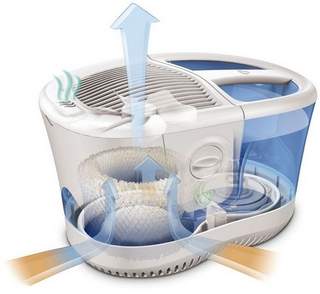 Have you been thinking of replacing your 30+ year old boiler?
Have you been thinking of replacing your 30+ year old boiler?
Now, only through the end of September 2012, the Mass Save® Home Energy Services Program is providing a temporary increased rebate for replacing 30+ year old boilers. The rebate ranges from $1,750 to $4,000 for new efficient boilers using the same fuel and installed by October 31, 2012. This is a large increase from the normal $400 to $1,500 in existing rebates. A no-cost Mass Save home energy assessment is required by September 30, 2012 to determine if your boiler qualifies.
Not sure what a boiler is or if you have one?
Schedule your no-cost Mass Save home energy assessment and your home energy advisor will let you know if you have a boiler and he/she will also collect the information needed for the rebate. Boilers heat your home with hot water or steam.
Want to make your boiler upgrade even more energy efficient and save more – consider installing solar hot water?
Heating water accounts for 20% of household energy consumption, even more with a boiler fed hot water or steam heating system. Solar water heating displaces 50-80% of the energy used to make hot water in a household. While you’re upgrading your boiler think about adding solar hot water to help you save more and become even more energy efficient. Right now, Cambridge Energy Alliance has a solar hot water grant that rebates 50% of your out-of-pocket costs, up to $2000. Essentially you can install a solar hot water system for almost 75% off when you apply our rebate with the other state and federal incentives. You can also use a 0% interest HEAT loan to install solar hot water systems with no up-front cash. The grant will only continue through November so act quickly!
Schedule your no-cost Mass Save home energy assessment by calling Next Step Living at 866-867-8729.





